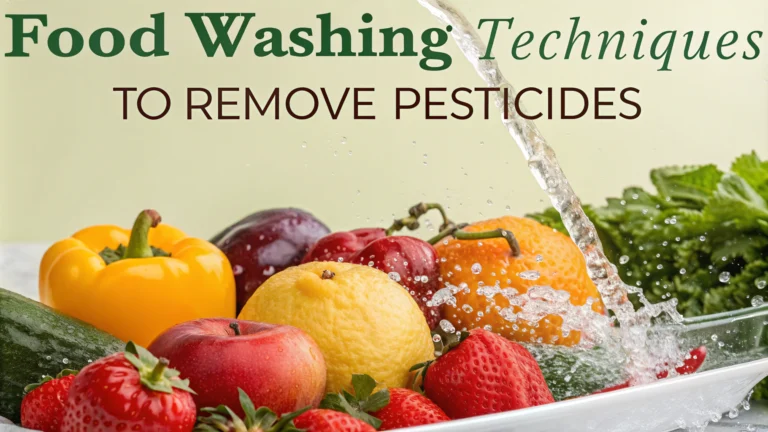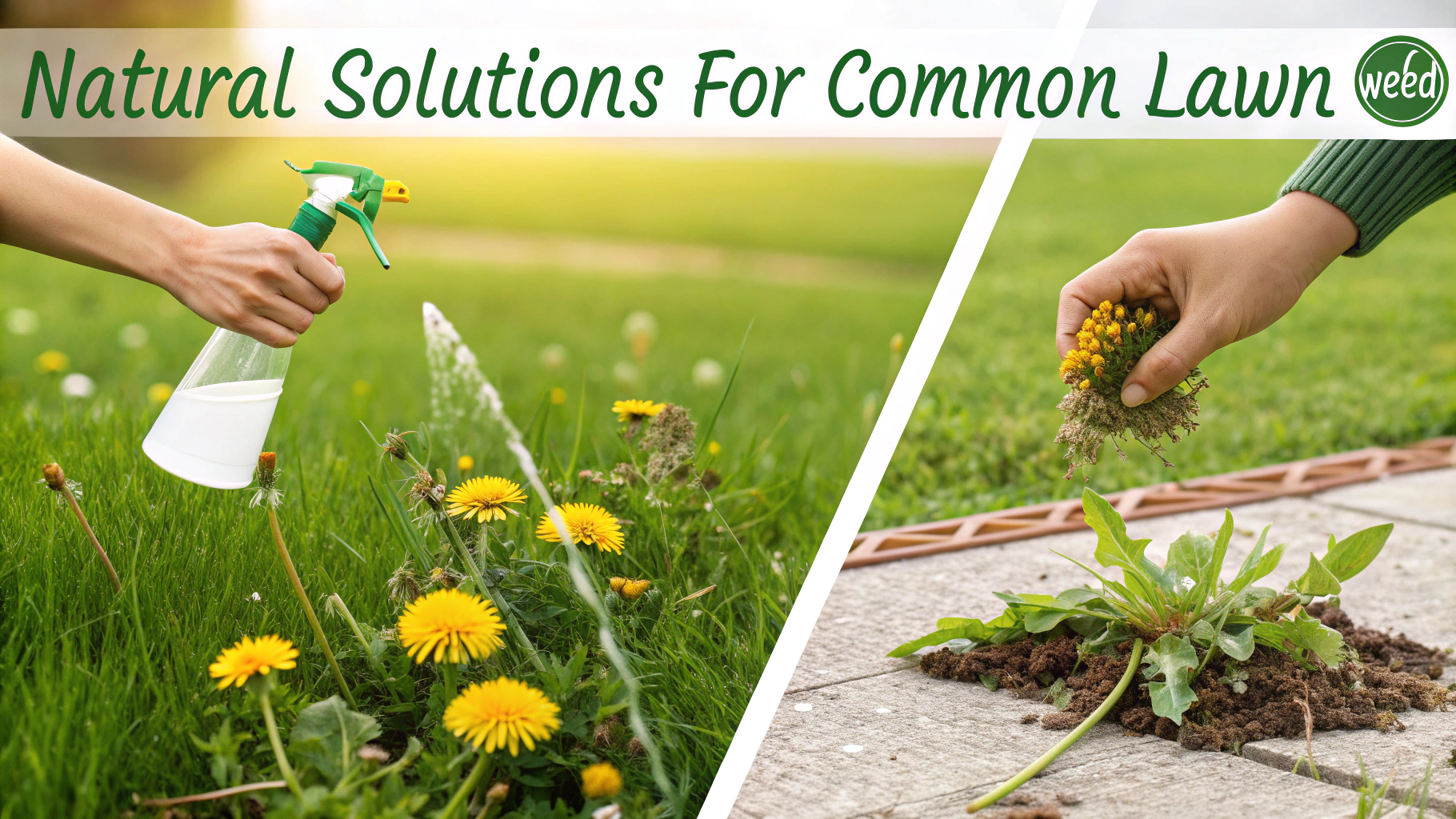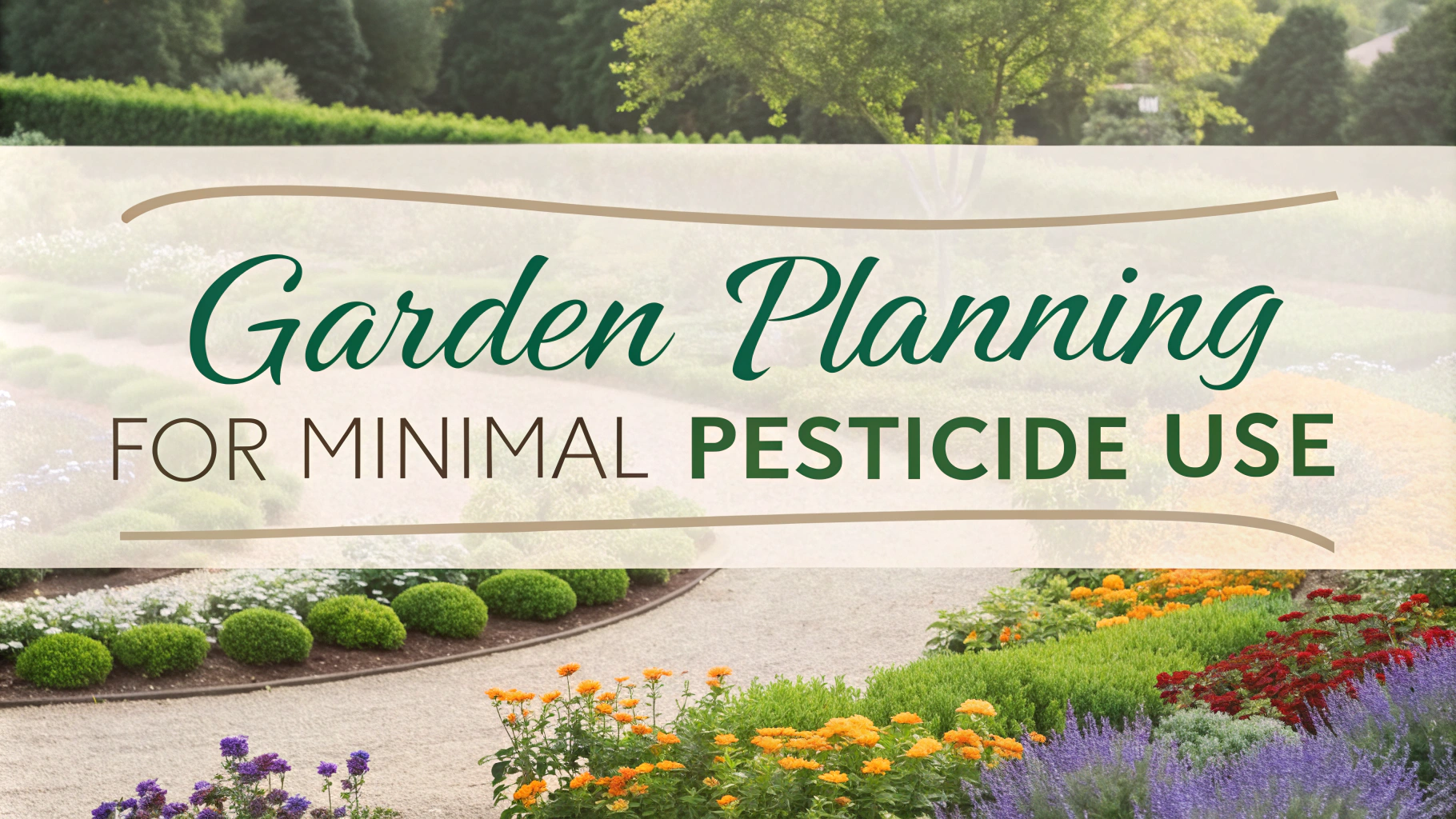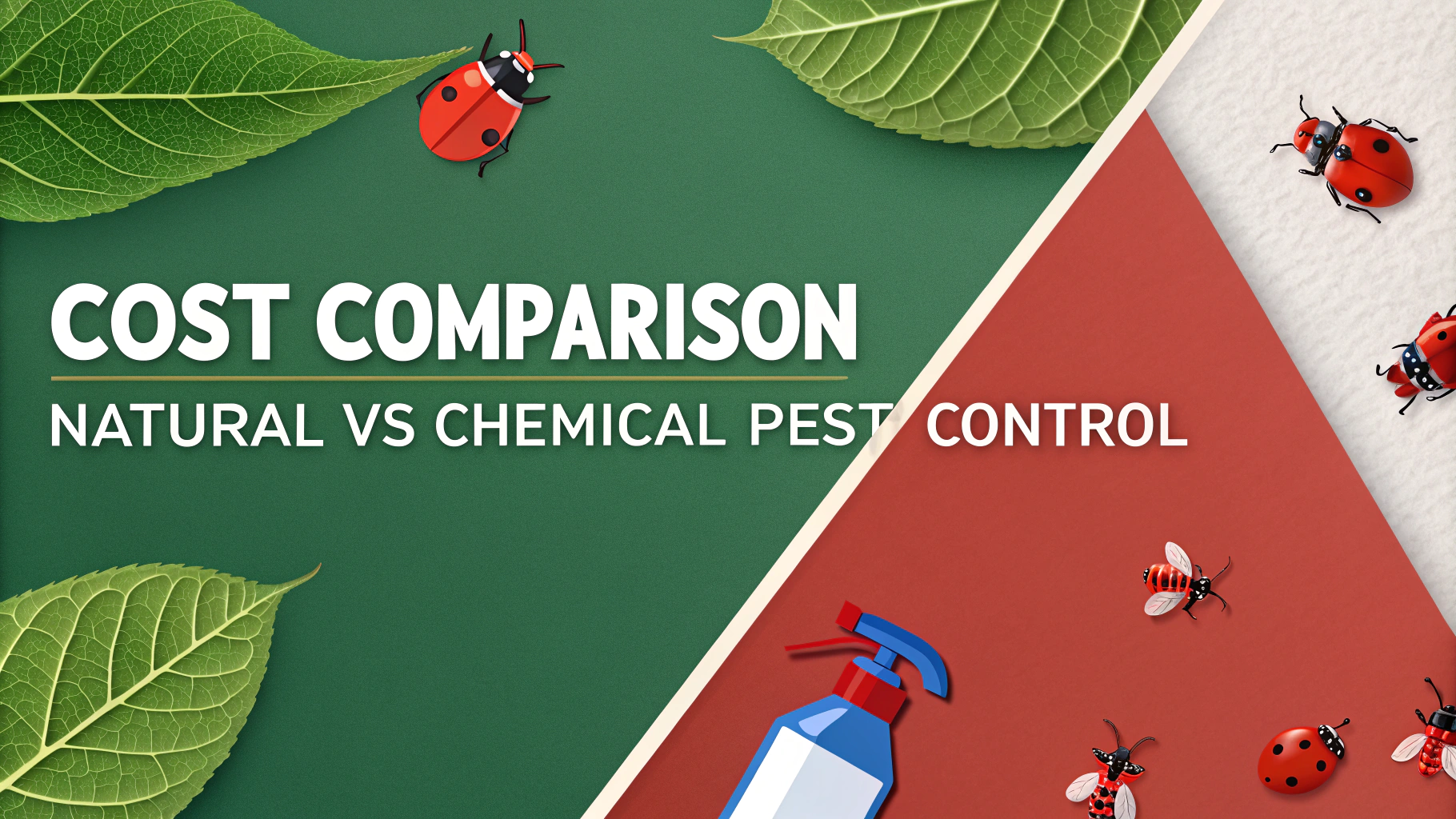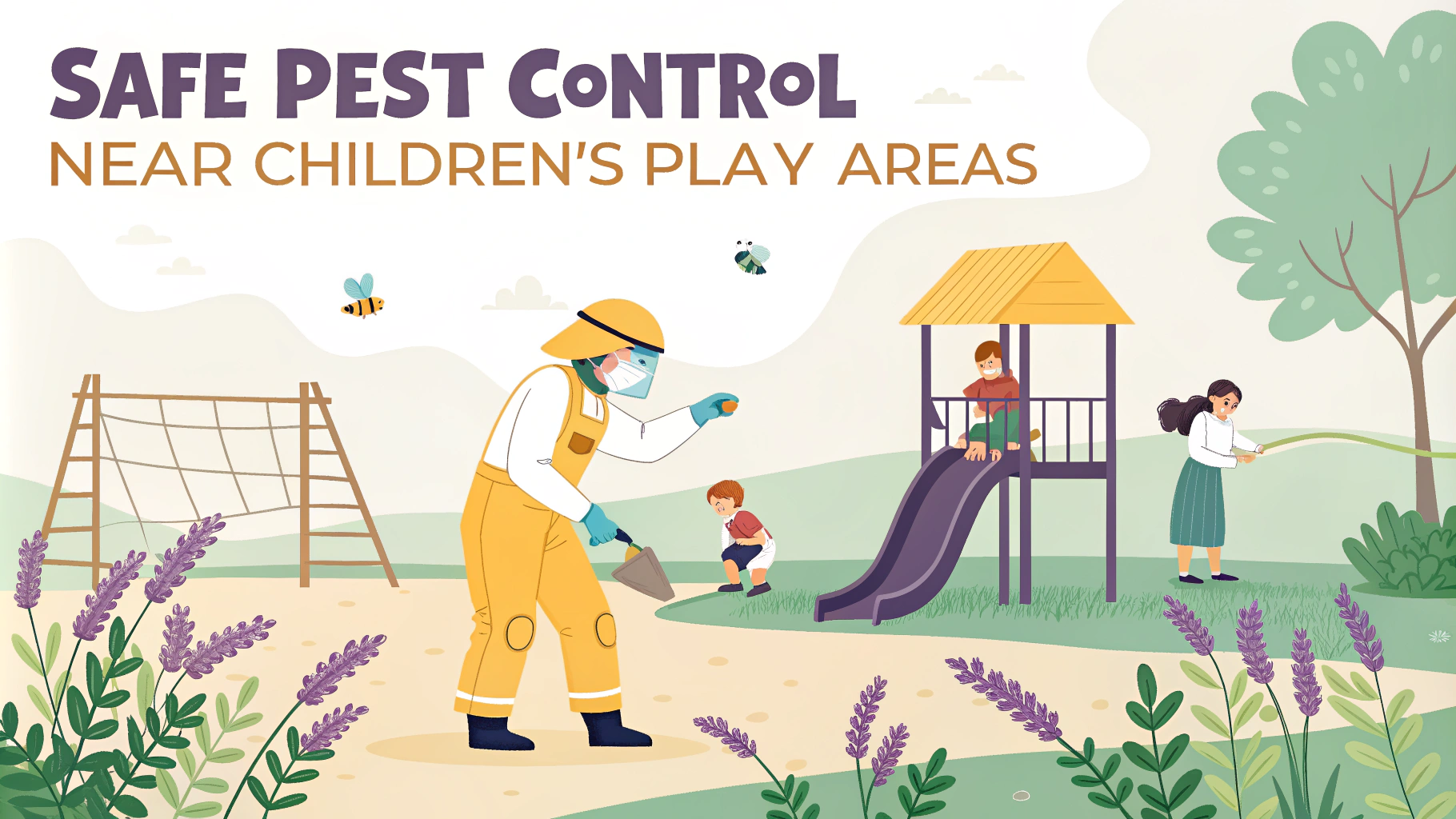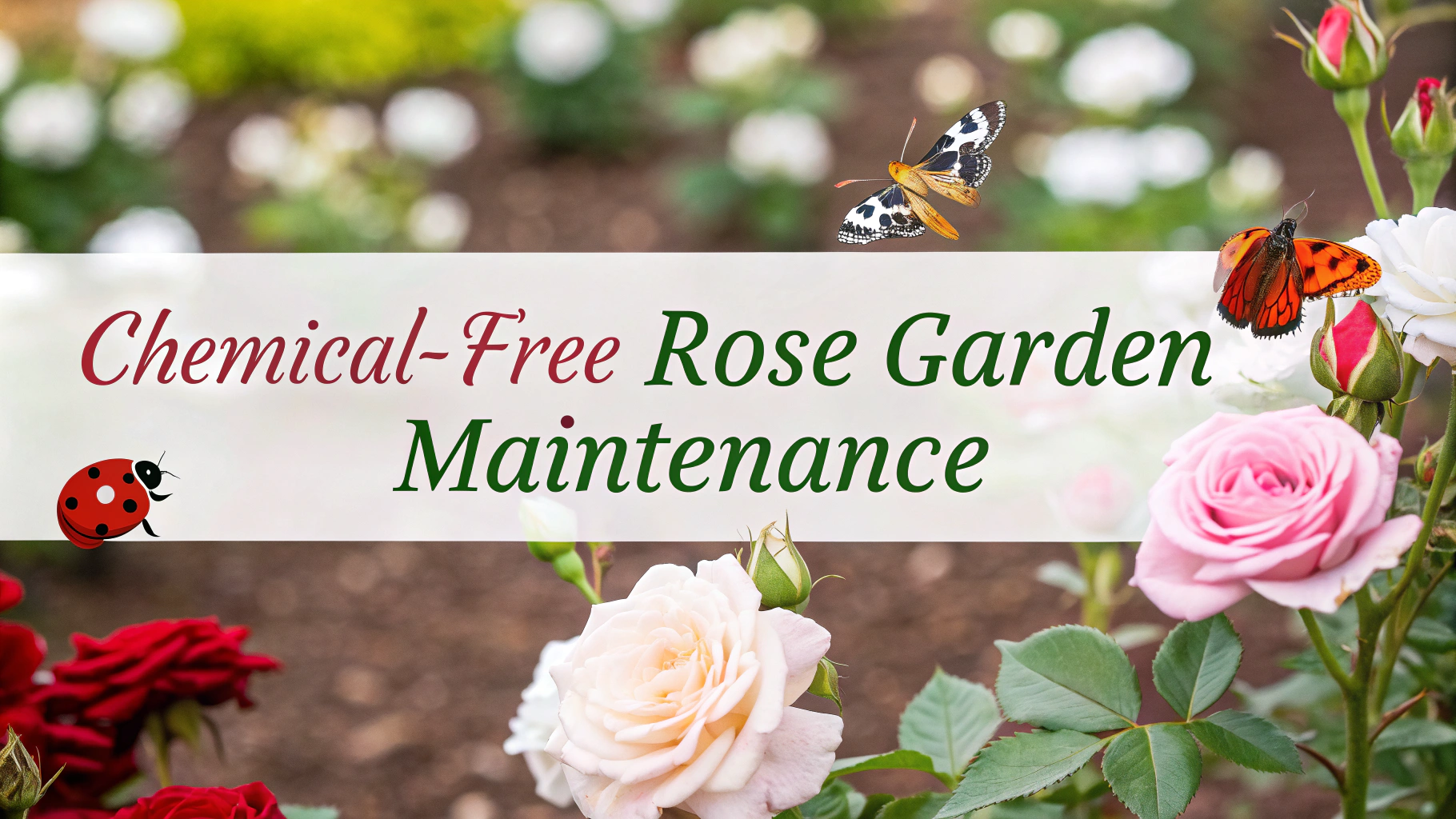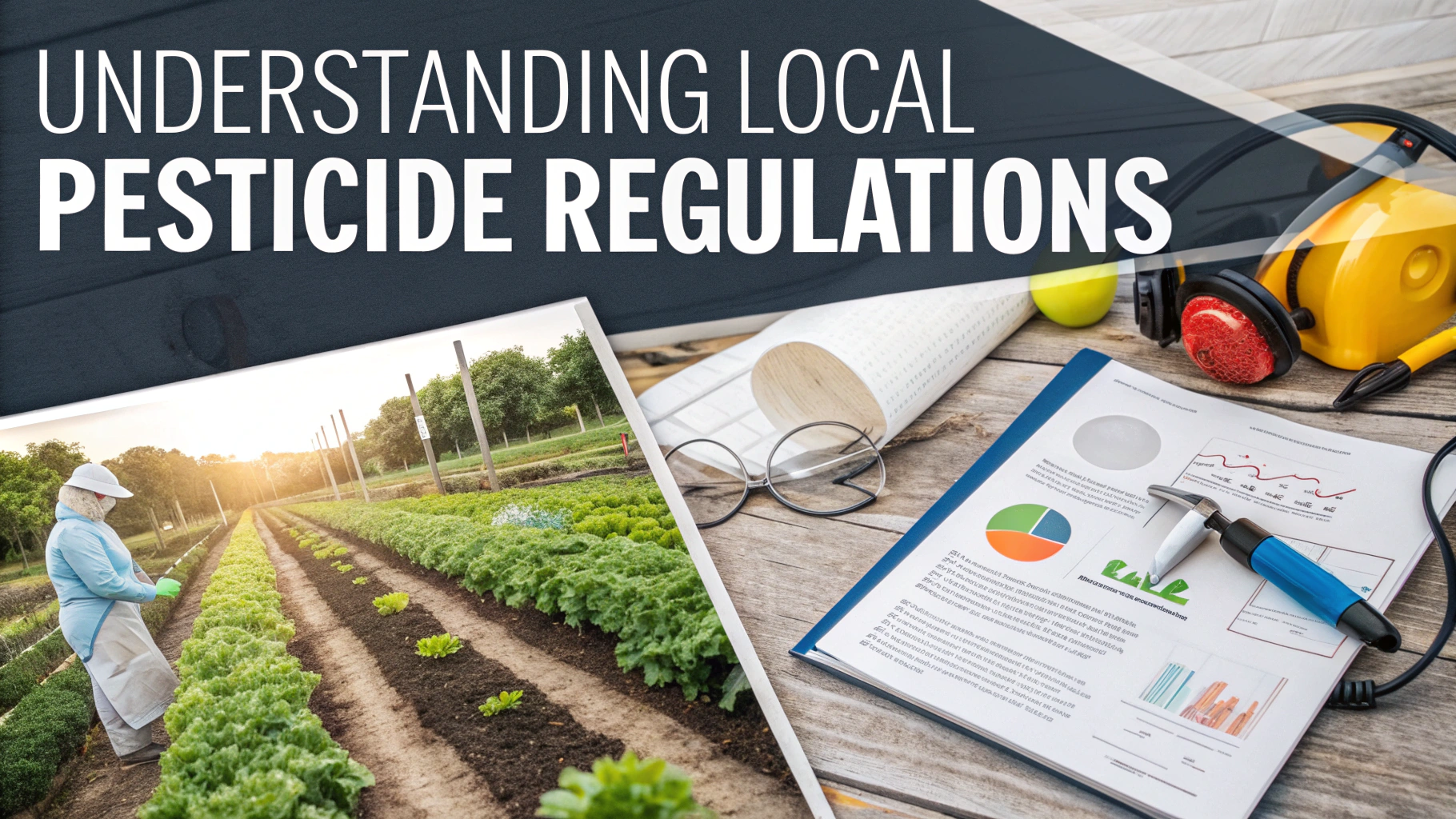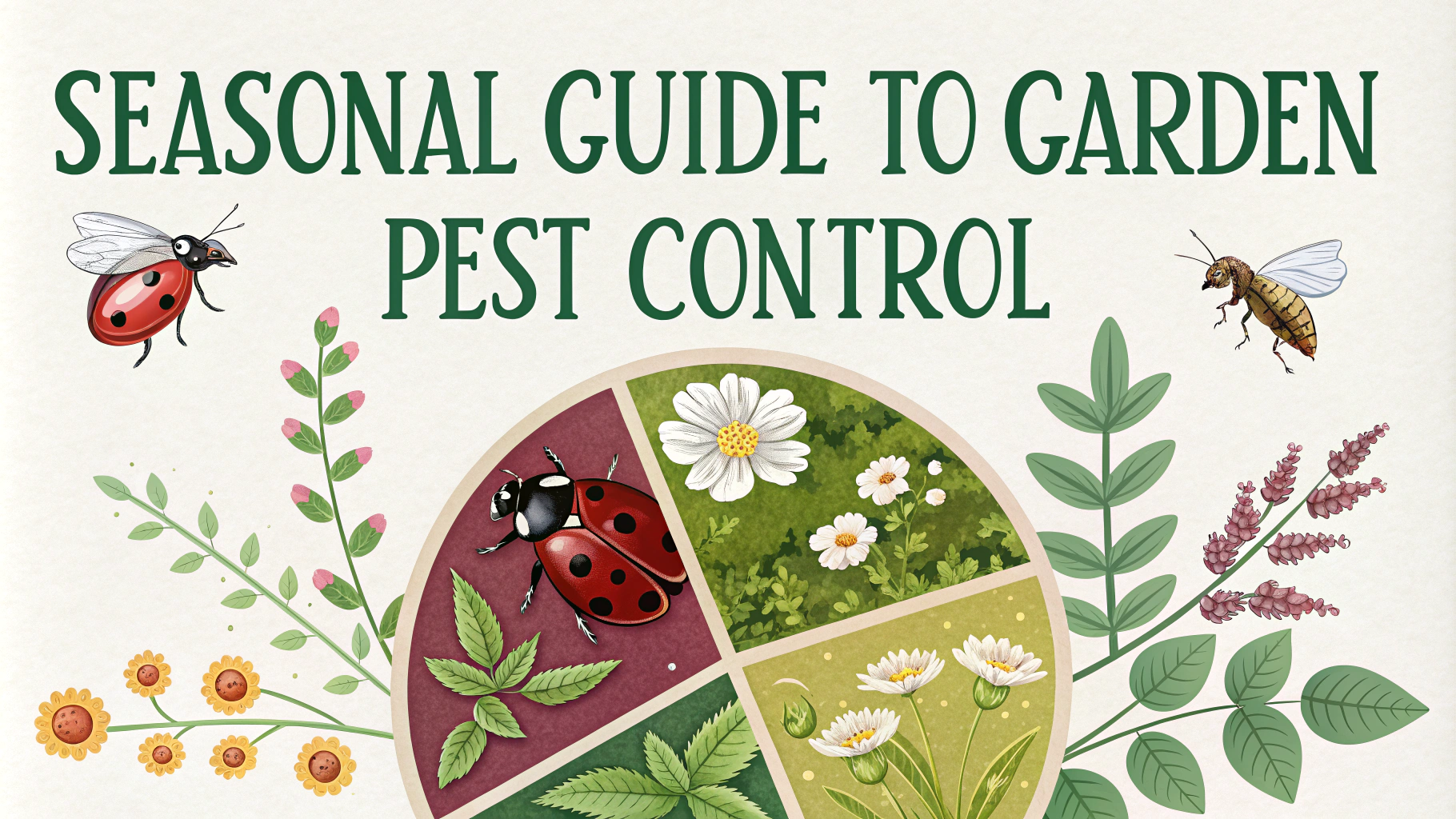Properly washing fruits and vegetables can significantly reduce pesticide residues and help protect your family’s health.
Different foods require specific washing techniques to effectively remove pesticides while maintaining their quality and freshness.
Basic Washing Methods
- Cold water rinse (30 seconds minimum)
- Vinegar solution wash (1 part vinegar to 3 parts water)
- Baking soda soak (1 tablespoon per gallon of water)
- Salt water solution (2% concentration)
Washing Tips by Food Type
| Food Type | Recommended Method |
|---|---|
| Leafy Greens | Soak in cold water for 2-3 minutes, gentle agitation |
| Berries | Quick vinegar solution dip, gentle rinse |
| Root Vegetables | Scrub with brush under running water |
| Apples & Firm Fruits | Baking soda solution wash |
Steps for Effective Washing
- Clean your sink and workspace thoroughly
- Remove damaged or bruised areas
- Wash hands with soap and water
- Use appropriate washing method for food type
- Dry thoroughly with clean cloth or paper towels
Foods with higher pesticide residues that need extra attention include strawberries, spinach, kale, nectarines, and apples (EWG’s Dirty Dozen list).
Additional Safety Tips
- Never use soap or detergent to wash produce
- Remove outer leaves of leafy vegetables
- Peel fruits and vegetables when possible
- Consider buying organic for high-pesticide items
Store cleaned produce properly – some items need complete drying while others maintain freshness with slight moisture.
Commercial Produce Washes
While commercial produce washes are available, studies by the University of Maine have shown that water and vinegar solutions are equally effective at removing pesticides.
Contact Information
For pesticide safety concerns, contact the National Pesticide Information Center (NPIC): 1-800-858-7378 or visit their website at npic.orst.edu.
Storage After Washing
- Berries: Line container with paper towels, store in partially open container
- Leafy greens: Wrap in paper towels, store in sealed plastic bag
- Root vegetables: Store in cool, dark place with good ventilation
- Herbs: Stand upright in water glass, cover loosely with plastic
Common Mistakes to Avoid
- Washing produce too far in advance
- Using hot water (can promote bacterial growth)
- Skipping the drying step
- Reusing washing solutions
When to Wash
Wash fruits and vegetables immediately before use rather than when bringing them home from the store. Exception: berries can be washed immediately to prevent mold growth.
Conclusion
Proper washing of fruits and vegetables is essential for food safety and pesticide reduction. Using the appropriate method for each type of produce, combined with proper drying and storage techniques, helps maintain both safety and quality. While organic options are available, proper washing remains important for all produce types.
Remember that no washing method eliminates all pesticides, but following these guidelines significantly reduces exposure while maintaining nutritional benefits.
FAQs
- How effective is washing fruits and vegetables with plain water in removing pesticides?
Water alone can remove 25-50% of pesticide residues, depending on the type of produce and pesticide. Running water is more effective than soaking. - Which produce items typically have the highest pesticide residues?
Strawberries, spinach, kale, nectarines, apples, grapes, peaches, cherries, pears, and celery consistently rank highest in pesticide residues according to EWG’s annual testing. - Is vinegar solution effective for removing pesticides?
Yes, soaking produce in a solution of 10% white vinegar and 90% water for 20 minutes can remove up to 80% of certain pesticide residues. - What’s the most effective DIY solution for washing produce?
A mixture of baking soda (1 teaspoon) in 2 cups of water has been proven in scientific studies to remove more pesticides than water alone or vinegar solutions. - Should I peel fruits and vegetables to remove pesticides?
Peeling can remove most pesticide residues but also removes valuable nutrients found in the skin. It’s better to wash properly unless peeling is necessary for the recipe. - How long should I wash produce to effectively remove pesticides?
For most produce, washing for 30-60 seconds under running water while gently rubbing the surface is effective. For leafy greens, soak for 2-3 minutes before rinsing. - Are commercial fruit and vegetable washes worth using?
Studies show that commercial produce washes are generally no more effective than water or homemade solutions like baking soda water or vinegar solutions. - Does cooking remove pesticide residues?
Some pesticides break down with heat, but cooking alone isn’t reliable for pesticide removal. Washing before cooking is still necessary. - Are organic fruits and vegetables completely free of pesticides?
No, organic produce may contain approved natural pesticides or traces of synthetic pesticides from environmental contamination, though levels are typically lower than conventional produce. - Should I use soap or detergent to wash fruits and vegetables?
No, never use soap, detergent, or bleach to wash produce. These products can be absorbed by fruits and vegetables and are not safe for consumption.
